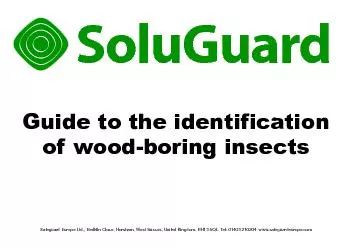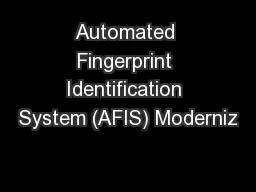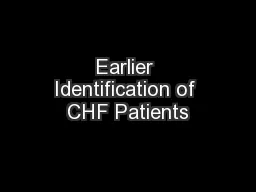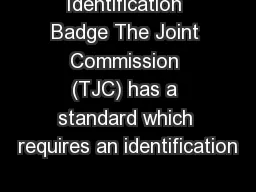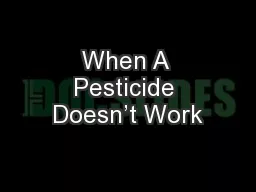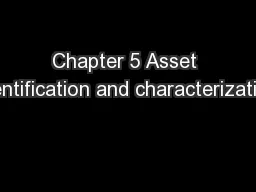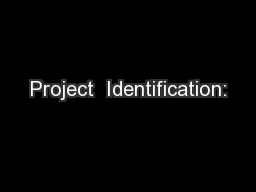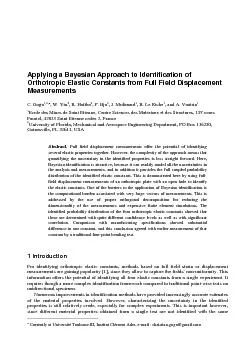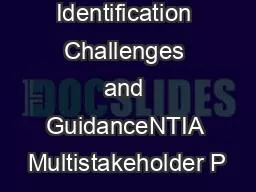PDF-Guide to the identification
Author : marina-yarberry | Published Date : 2015-12-09
SoluGuard of woodboring insects Safeguard Europe Ltd Redkiln Close Horsham West Sussex United Kingdom RH13 5QL Tel 01403 210204 wwwsafeguardeuropecom Whilst every
Presentation Embed Code
Download Presentation
Download Presentation The PPT/PDF document "Guide to the identification" is the property of its rightful owner. Permission is granted to download and print the materials on this website for personal, non-commercial use only, and to display it on your personal computer provided you do not modify the materials and that you retain all copyright notices contained in the materials. By downloading content from our website, you accept the terms of this agreement.
Guide to the identification: Transcript
Download Rules Of Document
"Guide to the identification"The content belongs to its owner. You may download and print it for personal use, without modification, and keep all copyright notices. By downloading, you agree to these terms.
Related Documents

